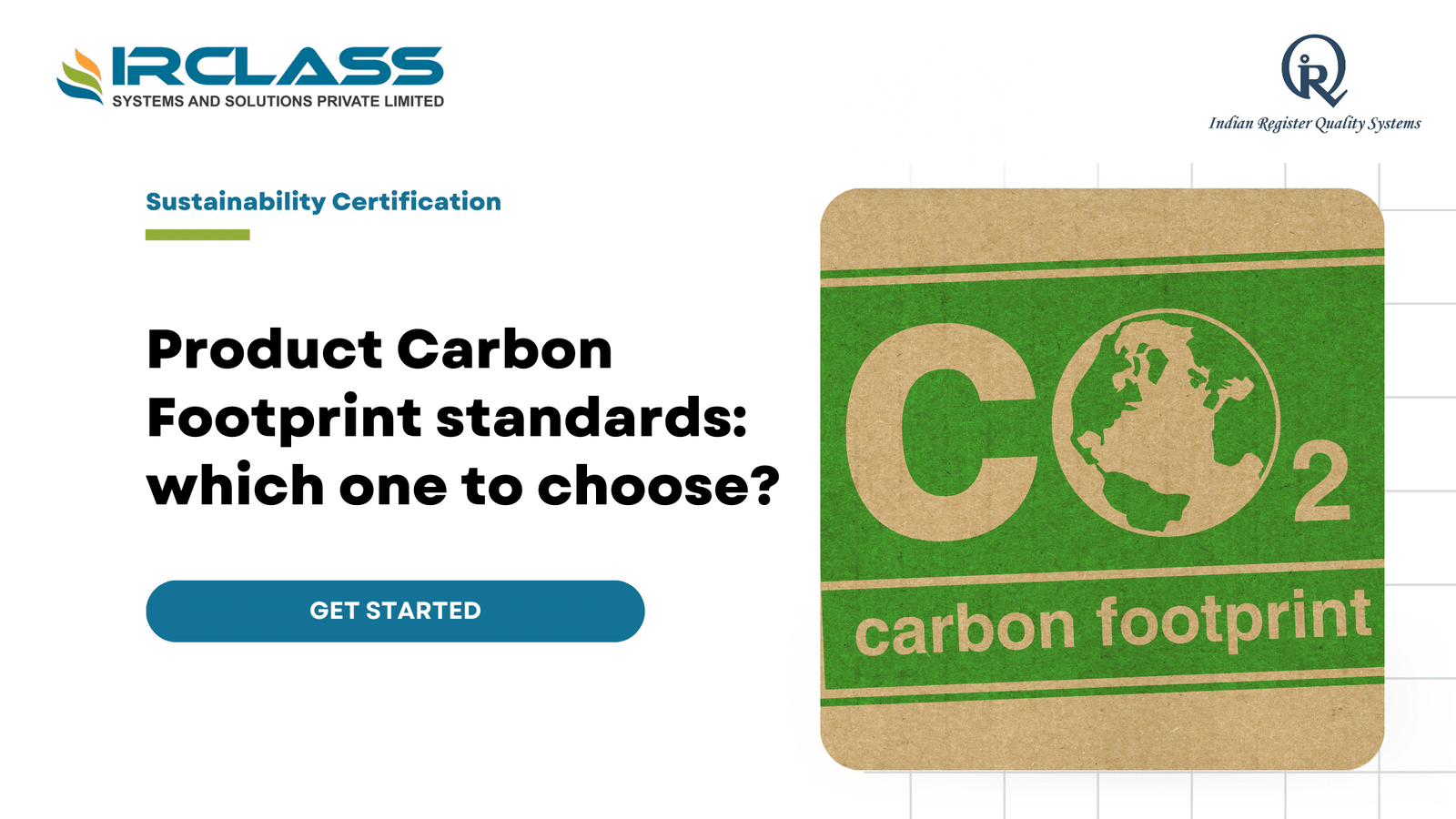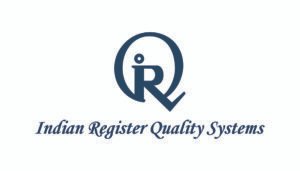Tag: What is Zero Liquid Discharge & Why is it Important?
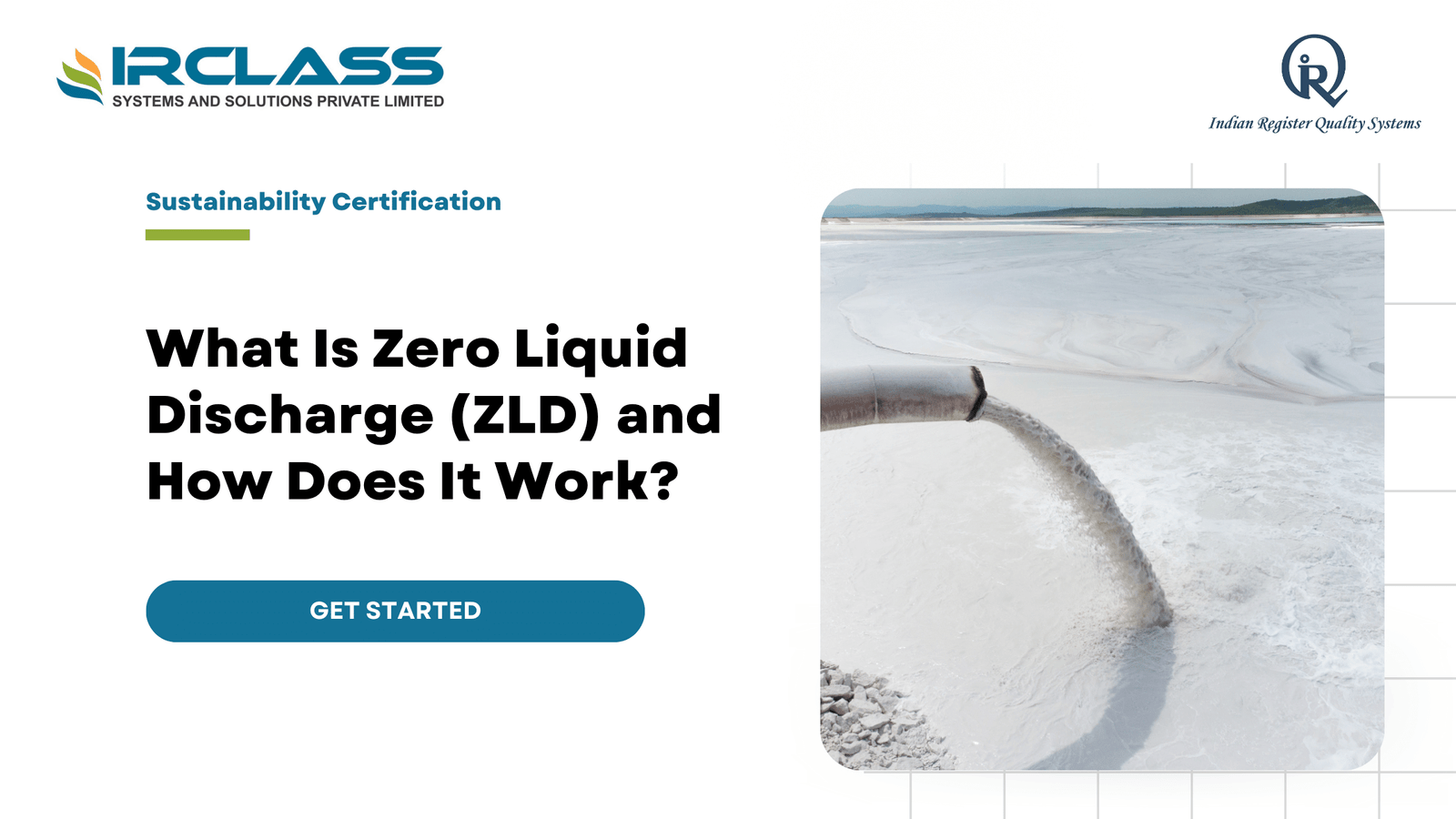
What Is Zero Liquid Discharge (ZLD) and How Does It Work?
What ZLD means Zero Liquid Discharge means your site does not release wastewater. You capture every drop and turn it into clean water or dry waste. That includes water from cleaning along with cooling and production. No part of it leaves the site as liquid. Why companies care Many sites use large volumes of water to run day-to-day operations. That includes manufacturing along with power generation and cleaning. Local rules now limit how much water you can discharge. Some sites are banned from discharging at all. ZLD helps you keep operating in those areas. Where this process starts You begin by collecting wastewater from across the site. That includes water used in cooling along with process steps and cleaning stations. It all moves into one system that can separate solids and prepare the water for reuse or final treatment. What happens first The water enters basic treatment. This removes solids using physical filters along with tanks and simple systems. Solids are sent to waste bins. Once solids are removed, the water moves into the next stage. That next stage depends on how clean the water needs to be. What happens next If the water is dirty but reusable, it goes through more treatment. That might include chemicals or filtration steps. If the water still cannot be reused, it goes to an evaporator. The evaporator removes all liquid and leaves behind dry waste. What happens to the recovered water Clean water is collected from the evaporator. This water is used again in the same facility. Some use it for cooling. Others use it for cleaning or boiler feed. It depends on what your site needs. Reusing the water reduces your need to buy more water from outside. What happens to the dry waste Dry waste is collected and removed from the site. Some sites send this waste to approved disposal. Others look for ways to reuse it or send it for recovery. Either way, no liquid is left in the final waste. Why this matters to regulators When you stop discharging liquid waste, you lower your pollution risk. That means fewer concerns from the local authorities and fewer complaints from nearby communities. ZLD gives them proof that you are handling water the right way. Why this matters to your team Teams can stop worrying about daily discharge limits or water-related shutdowns. ZLD helps you avoid surprises during inspections. It also gives your team more control over water planning. That includes supply risk along with water quality and process uptime. What kind of site needs this ZLD is useful in places where water is expensive or hard to find. It also makes sense if you face discharge limits or have no access to drains. Sites that handle chemicals along with salts and heavy waste often turn to ZLD first. What kind of water can be treated Most ZLD systems can treat water from cooling towers along with process lines and cleaning areas. That includes high TDS water and some hazardous streams. The harder the water, the more steps you will need. The system must match your process and water profile. What goes into planning You start by mapping how water moves through your site. You track how much is used along with where it goes and how dirty it gets. This helps you design a system that fits your needs. It also shows where you can cut waste before you treat it. What a typical ZLD system includes Most systems include filters to remove solids, tanks for balance, chemical treatment for tough water, and an evaporator to remove final liquid. Some use crystallizers to make solids easier to handle. The full setup depends on your site layout and process steps. What ZLD costs over time ZLD is a capital project. It needs space along with energy and trained teams. It adds cost up front but reduces risk over time. You save on water bills along with discharge fees and regulatory costs. In some cases, those savings cover the system within a few years. What your team needs to manage Once installed, the system runs daily. Teams must track flows along with water quality and energy use. You need records that show how much water is reused and how much waste is removed. If the system breaks, your team must act fast to avoid water buildup. What problems can come up If water flow changes or waste levels spike, the system may need adjustment. Dirty water can block filters or lower recovery. Staff must know how to respond and when to call for support. Maintenance is key to avoiding unplanned downtime. What to do before choosing ZLD Check your site layout. Confirm your water quality and process needs. Get a clear picture of how much space and energy is available. Review local rules and discharge limits. ZLD makes sense in many cases, but only if it fits your real-world constraints. What to track during operation Track water coming in and water going out. Track solid waste by weight. Keep records from every shift. Use simple logs or digital tools. This helps during inspections and supports your internal goals. Good records also help you find problems before they grow. How to train your team ZLD needs cross-team input. That includes production along with maintenance and water management. Each group must understand its role. Clear checklists help. Ongoing training is useful when staff rotate or when systems get upgraded. What success looks like Your site runs without sending water to drains. Clean water is reused across the process. Dry waste is handled with no spills or violations. Teams stay on top of daily checks. Records are in place. No one waits until the system fails to react. Who to work with Indian Register Quality Systems helps companies build and manage ZLD systems. They support planning along with audits and system checks. Learn more at irqs.co.in. FAQs 1. What is Zero Liquid Discharge? Zero Liquid Discharge means the site does not release any liquid waste.
Search
Useful Links
Recent Posts
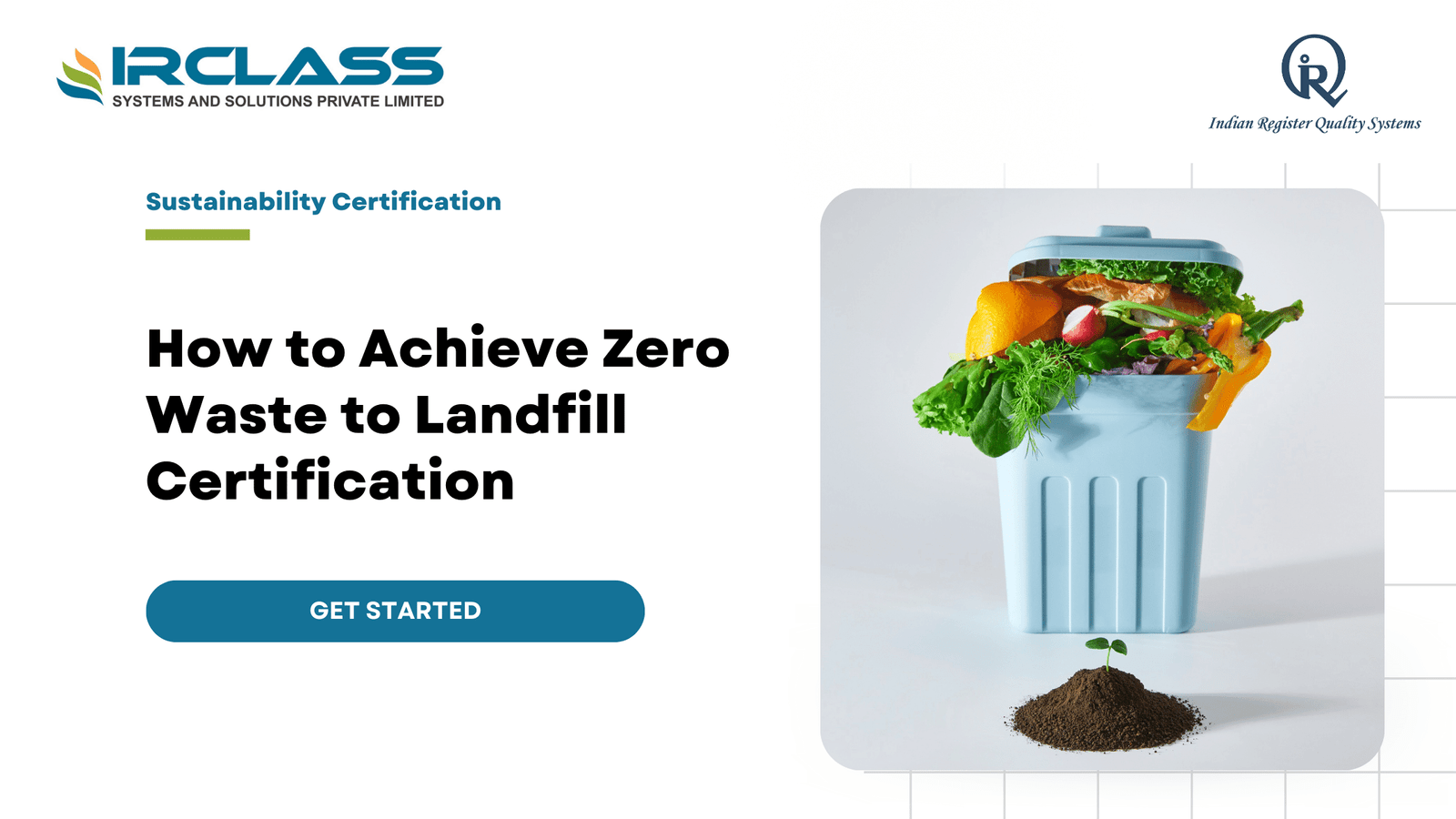
How to Achieve Zero Waste to Landfill Certification: Step-by-Step Guide
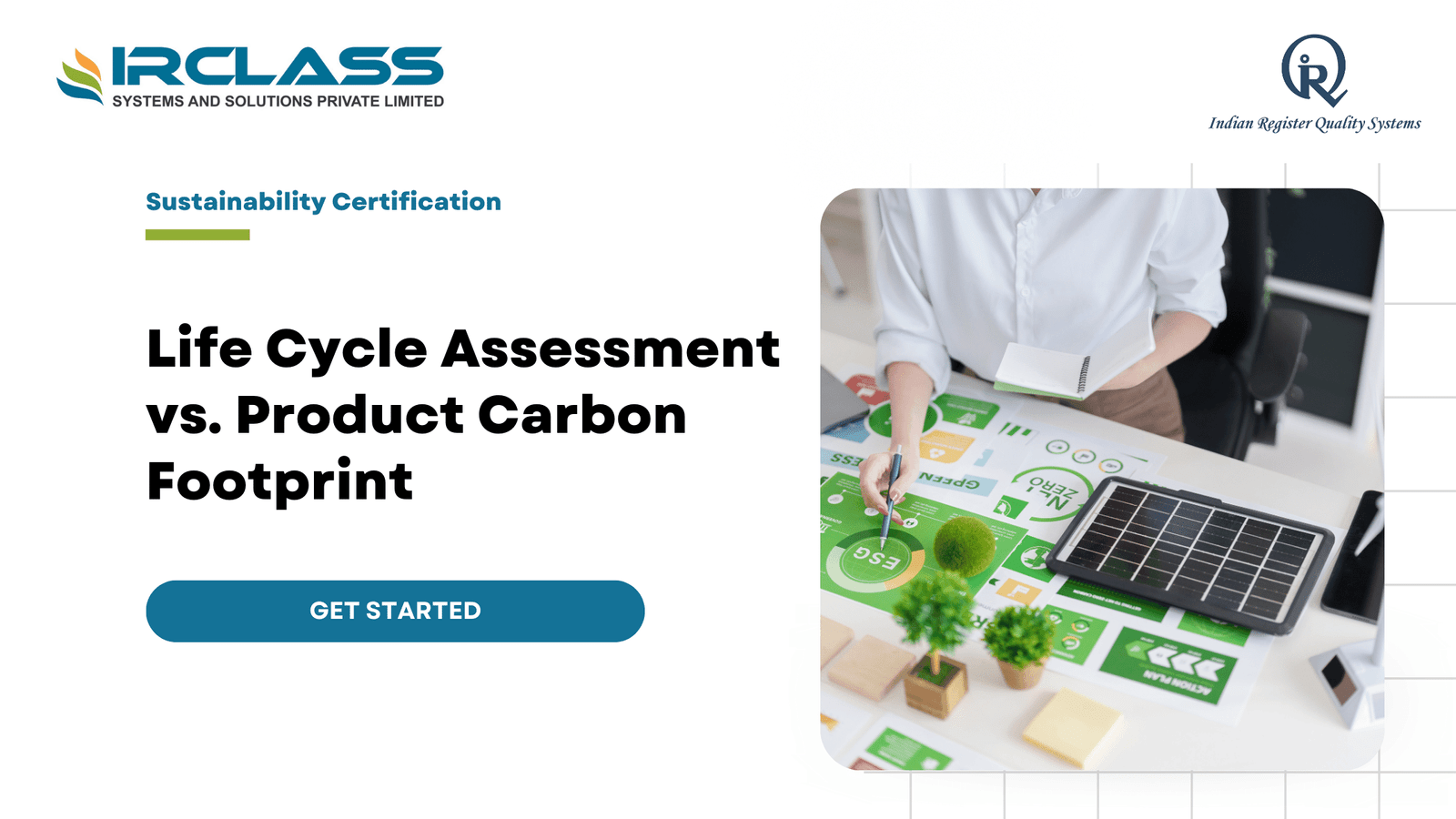
Life Cycle Assessment vs Product Carbon Footprint: What’s the Difference?
